
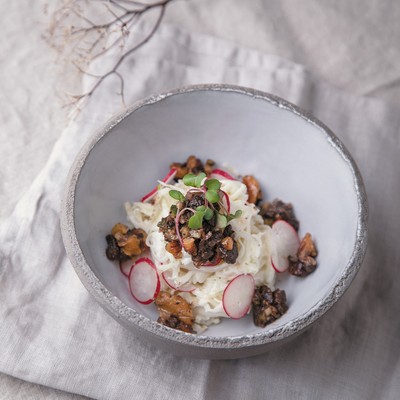
In Conversation With… Claire Macdonald
The first thing I learned to cook was chicken fricassee. My mother taught me the recipe and I’ve since passed it on – with a few embellishments – in one of my books, The Claire Macdonald Cookbook. Whether you’re making chicken, pheasant or turkey fricassee, its vital to start with the fat the bird has cooked in to fry the very finely diced onions, celery and carrots for at least ten minutes. Then add medium strength curry powder, use a combination of stock and milk as the liquid, and add a good handful of sultanas to the sauce.
The meals from my childhood that will always stay with me are oxtail stew and fish pie. Again, they were something my mother made often, even though she wasn’t a very keen cook – she far preferred gardening! But, if you ask me, she was an excellent cook. In fact, I’d say she really influenced my own style of cooking – seasonally inspired, simple and nutritious. Although I like to incorporate a large amount of dark chocolate on a daily basis – Lindt preferably.
My favourite ingredient to cook with is whatever is in season at the time. For instance, during February my life tends to be dominated by Seville oranges, marmalade making and recipes using these wonderful citrus fruits. What I keenly anticipate as the autumn advances is game, apples and pears and hazelnuts. Autumn is full of inspiring foods – root vegetables especially, given their widely varying textures and flavours, for use in soups, stews, mousses.
Some underrated ingredients people tend to ignore are onions and top-quality bacon – either smoked or unsmoked. Onions and bacon are staple ingredients in a number of recipes. The bacon has to be the best you can get, crisply cooked and crumbled into salads or combined with mashed root veg. Alternatively, stretch the rashers and wrap them around otherwise dry foods to keep them lubricated as they cook – two examples would be scallops and skinless chicken breasts. Onions, meanwhile, enhance just about anything savoury, providing they are cooked through. To me, the taste of raw onion is just repellent.
/https%3A%2F%2Fsw18.sheerluxe.com%2Fsites%2Fsheerluxe%2Ffiles%2Farticles%2F2022%2F08%2Fclaire-macdonald-image-1.jpg?itok=CLbhHBf1)
It's very difficult to narrow in on what my signature dish would be. I really don’t have one as such but, right now, I’m about to poach some salmon and make mayonnaise for people coming to lunch on Sunday, so that’s my signature dish this weekend!
Running a restaurant requires extremely hard work, constantly. A love of eating is also a prerequisite – that’s where you’ll find daily inspiration for menu planning. It’s hard to say what the secret to our success in the dining room at Kinloch is, but it possibly comes down to two things: only buying the very best quality food possible and using foods in their rightful season.
Opening and running a hotel for so many years has involved… patience, tolerance, a sense of humour and a great deal of very hard work. It’s a 24/7 lifestyle. If you can, watch The Hotel Inspector – there are still a surprising number of people who think running a hotel could be rather fun when they are retired. My advice to those people – as it has been on several occasions – is to consult people for whom running a hotel with really good food has been their livelihood. Get honest answers and ask them to flag all the problems. If possible, go and work as an intern, and just get an impression as to what that kind of life entails. Also, always remember your own hotel is just that – yours. Any member of staff working with you, however loved, will not be the individual asking the bank manager for an overdraft. You are the owner, it is you at the sharp end and you’ll be repeatedly in circumstances you might never be able to imagine.
When people think of Kinloch Lodge, I hope they think of peace and calm in an increasingly chaotic world. Amid this comfort and warmth of hospitality, I also hope they enjoy the delicious, seasonally inspired food throughout their stay.
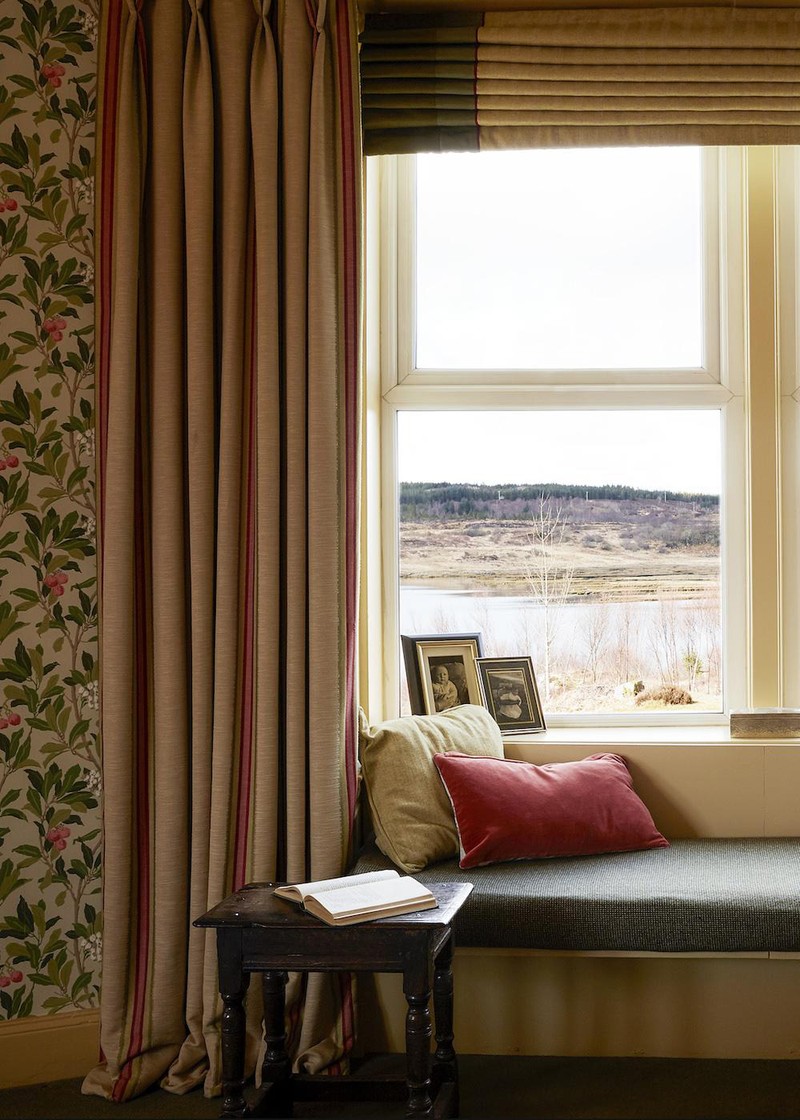
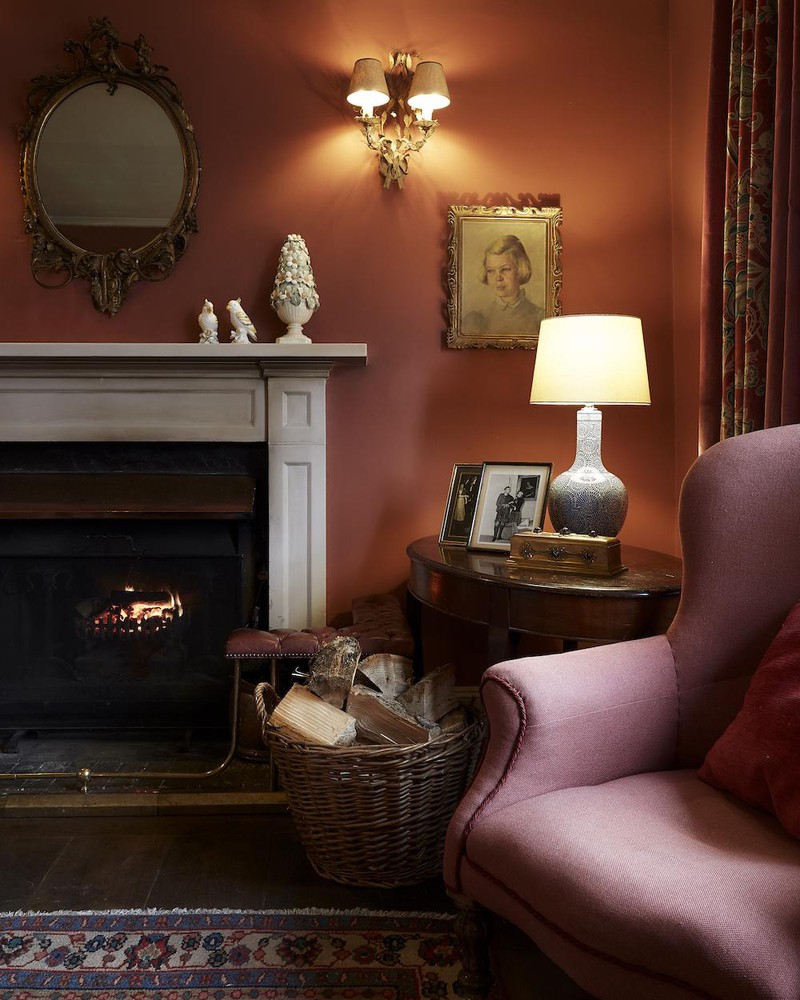
There are so many people I admire in this industry – Jordan Webb, our incredible head-chef at Kinloch, Jeremy Lee of Quo Vadis and Michael Smith of LochBay seafood restaurant. I’ve been lucky to meet and know them all – I couldn’t really admire someone I only knew from the TV. I also really admire the late Francis Coulson from the then wonderful Sharrow Bay, near Ullswater.
The restaurants I revisit most often are Palmerston Place in Edinburgh, Café Deco and Quo Vadis in London. What I like about these places is that you eat proper food. By this I mean the food served is seasonal and not ‘fine dining’ – which I am growing to despise, what with the dots of sauces in such minute amounts that you can’t taste them, and little, often tiny, arrangements of foods. I hate pretentiousness in food. I want to eat food that is beautifully presented and contains really interesting flavours and textures.
I have too many memorable meals to list! Over the years, I’ve found this depends as much on who you eat with, as the quality of the food. Possibly my last memorable meal was dinner at Quo Vadis – basil-flavoured ricotta with roasted red pepper and almonds, followed by guinea fowl with spring vegetable, followed by one of the best puddings ever – gooseberry crème brulée and almond tart with strawberries.
The best pub in Britain is the Craster Arms in Beadnell for its delicious crab sandwiches. As for Sunday lunch, my favourite would have to be slow roasted shoulder of local lamb, with fennel, cherry tomatoes, shallots and cannellini beans. Midweek, I tend to eat lots of vegetables, fish and cheese. In my fridge you’ll always find whole milk, good butter, real natural yogurt and blueberries – all good for gut health.
/https%3A%2F%2Fsw18.sheerluxe.com%2Fsites%2Fsheerluxe%2Ffiles%2Farticles%2F2022%2F08%2Fclaire-macdonald-image-2.jpg?itok=PFCyuuSS)
Death Row meals are a myth as far as I’m concerned. If I were confronted with what to eat because it would be my last meal, I can’t believe I’d feel like eating anything whatsoever! All I’d care about is having my favourite dining companion – Godfrey, my beloved husband. He makes me laugh, which is saying something seeing we’ve been married for 53 years.
My favourite cookbook is The Constance Spry Cookbook – the recipes, despite being slightly archaic, are so inspired. These days, my copy is filled with handwritten recipes in its blank pages! The Four Seasons by Margaret Costa was also my bible during our early years at Kinloch – and remains so to this day. Finally, Polpo by Russell Norman takes me back to Venice and it is filled with food and travel inspiration.
Writing a cookbook is very hard work. The minute I sign the contract, the clock starts ticking and the delivery date is always in my mind. I must be a publisher’s dream because I have a tendency to deliver a month early! I work my way steadily through the planned content – it starts with a synopsis that’s given to my editor for approval and that will guide me throughout the writing process. It’s funny, despite the slog, I always feel a sense of loss when I hand over the manuscript. Illogical – it should be a relief – but I miss not having the work.
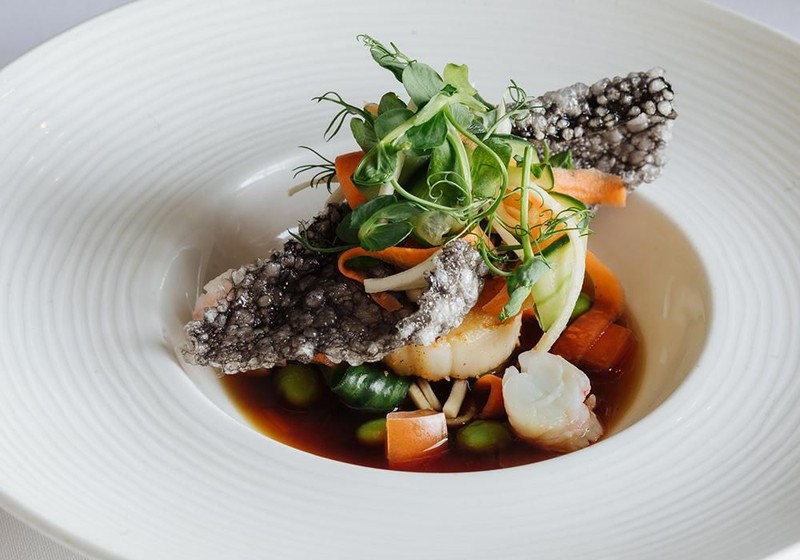
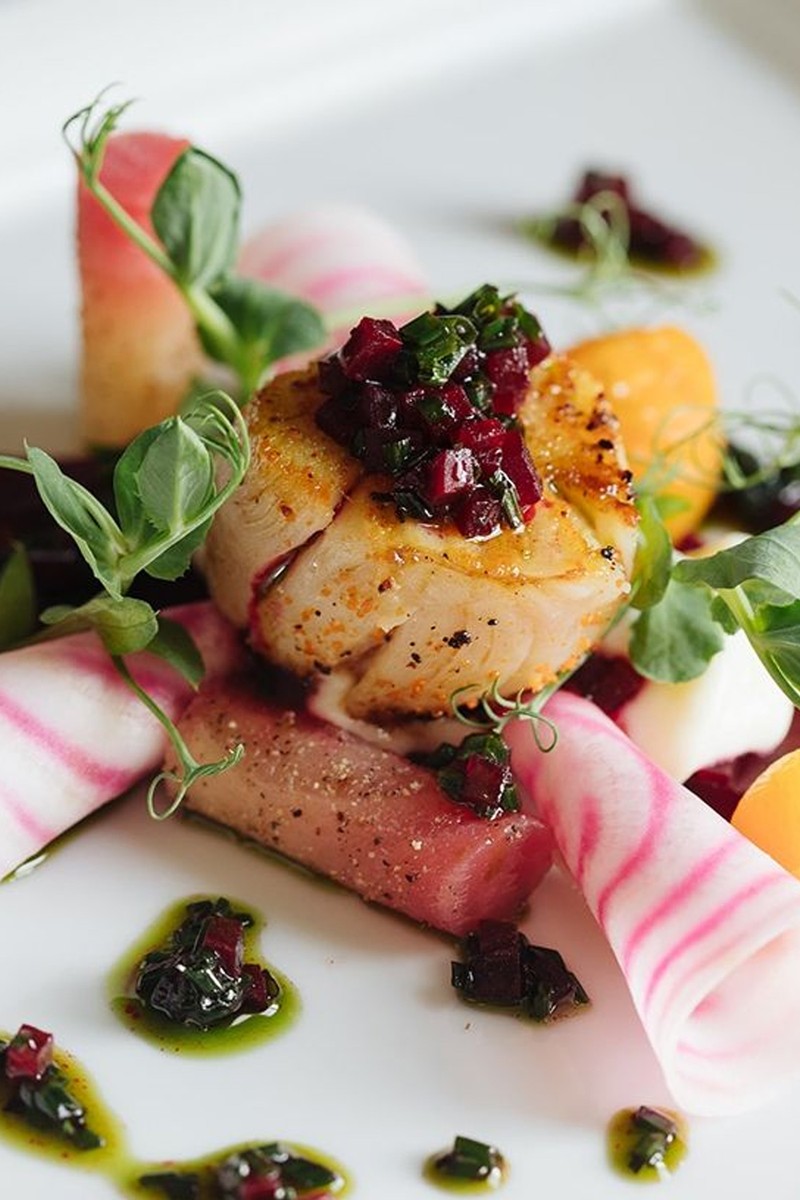
My dream dinner party guests would be Lorenzo de Medici, a fearless man who lived his life to the fullest. And Lady Margaret Macdonald, wife of the 14th clan chief. Margaret was one of eight sisters, and she was a Jacobite and great friend of Flora Macdonald. Margaret was widowed young, her two sons were only five and three at the time, and she gave birth posthumously to her third son, Archibald, who became Attorney General and then Chancellor at Westminster. She was witty, musical and, best of all, she was loved by all who knew her. My third guest would be Daniel Finkelstein, a journalist I greatly admire. If there’s room for a fourth and fifth, it would be Archbishop Leo Cushley, an interesting man with a keen sense of humour and compassion, and Euan Macdonald, who is almost a neighbour and, again, so interesting.
The dish I’d like to master in the future is îles flottantes. It’s pretty straightforward, yet I haven’t ever made them to my satisfaction. I need someone to show me how to poach the quenelles of meringue properly – mine just weep…
Finally, my best home-cooking tip is to buy some really sharp knives. You get what you pay for with a knife. But also buy a good knife sharpener for that particular brand of knife – I can never sharpen with a stone. Also, store your knives carefully, so as not to slice yourself as you search for them in a drawer. And only ever put knives sharp point down in your dishwasher, handle up. I read somewhere of a woman who slipped and fell on the upward point of a sharp knife in her dishwasher, pierced her throat and bled to death. There’s a lesson if ever one was needed!
Inspired? Here are three recipes from Claire’s forthcoming book ‘50 Years, Kinloch Lodge’ to try at home…
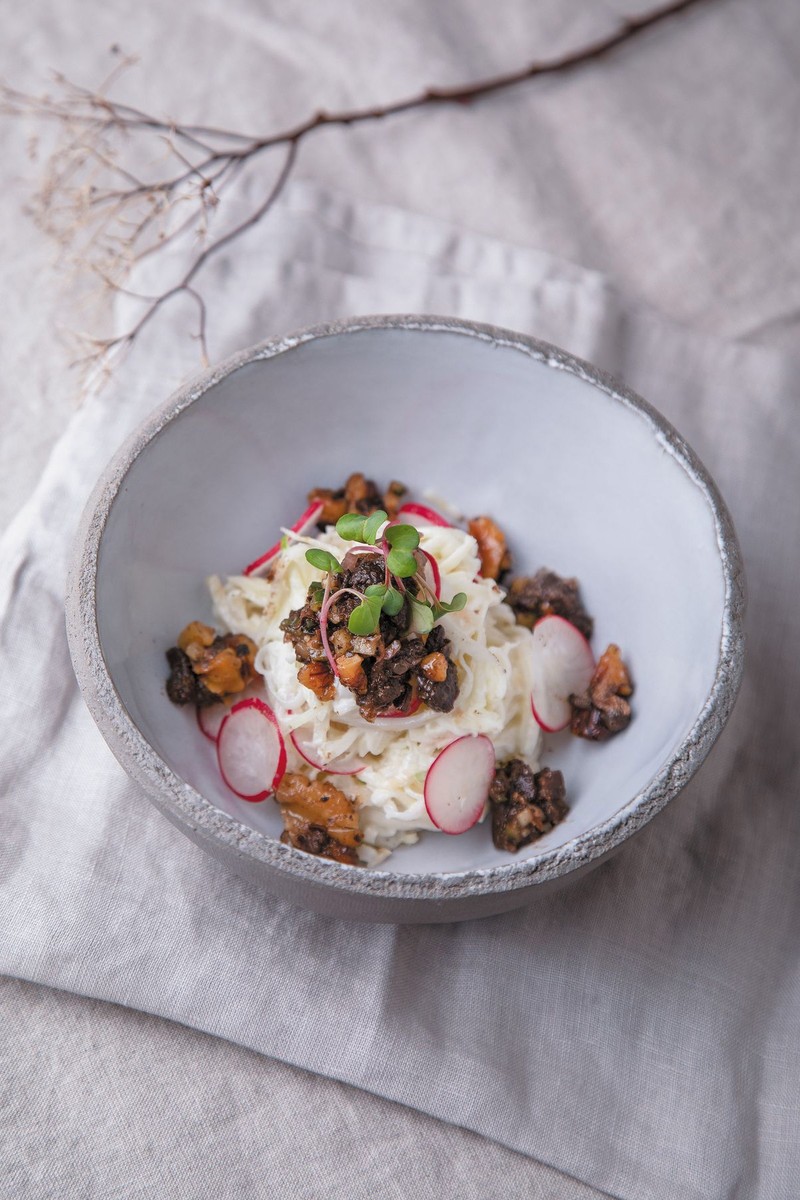
Kohlrabi Salad, Walnuts, Lemon & Cardamom Emulsion
A lovely fresh salad. It’s great alone or to complement a little seafood starter.
To prepare the kohlrabi, fennel, shallot, celeriac, radishes and apple simply cut by hand lengthways and then slice into matchsticks, or grate or thinly slice on a mandolin. Place into a sieve or colander hanging over a bowl. Season with salt and pepper and lime juice. Leave covered for 1 hour to soften.
For the lemon and cardamom emulsion, toast the cardamom pods in a dry pan for 3-4 minutes (as the pods toast, they puff up a bit). Break up the pods with a pestle and mortar or a rolling pin then take the seeds out and place in a blender.
Add all of the remaining ingredients, apart from the oil, to the blender. Start blending then slowly drizzle in the oil. The juice and the oil should emulsify to form a light mayo. Add salt and pepper, you are looking for a zesty sweet and sour flavour. Strain the emulsion through a sieve to remove any cardamom seed bits, then set aside.
Preheat the oven to 170°C (Fan 150°C/Gas Mark 3). Gently simmer the walnuts in a pan of water for 15-20 minutes, then strain through a colander. Pat dry with a cloth and then roast in the oven for around 20 minutes until lovely and golden. Allow to cool and slightly break up the walnuts into smaller pieces.
Take 50g of the toasted walnuts and mix with the pickled walnuts, shallot and cucumber in a bowl. Mix with the parsley, oil and vinegar and set aside until ready to serve. Set aside the remaining toasted walnuts.
Lift the vegetables and apple from the sieve. Dress with the emulsion, it’s a personal thing as to how much dressing you want but I like a nice coating. Place a pile of the kohlrabi salad on a plate and drizzle with the pickled walnut dressing. Top with the remaining broken toasted walnuts and voilà!
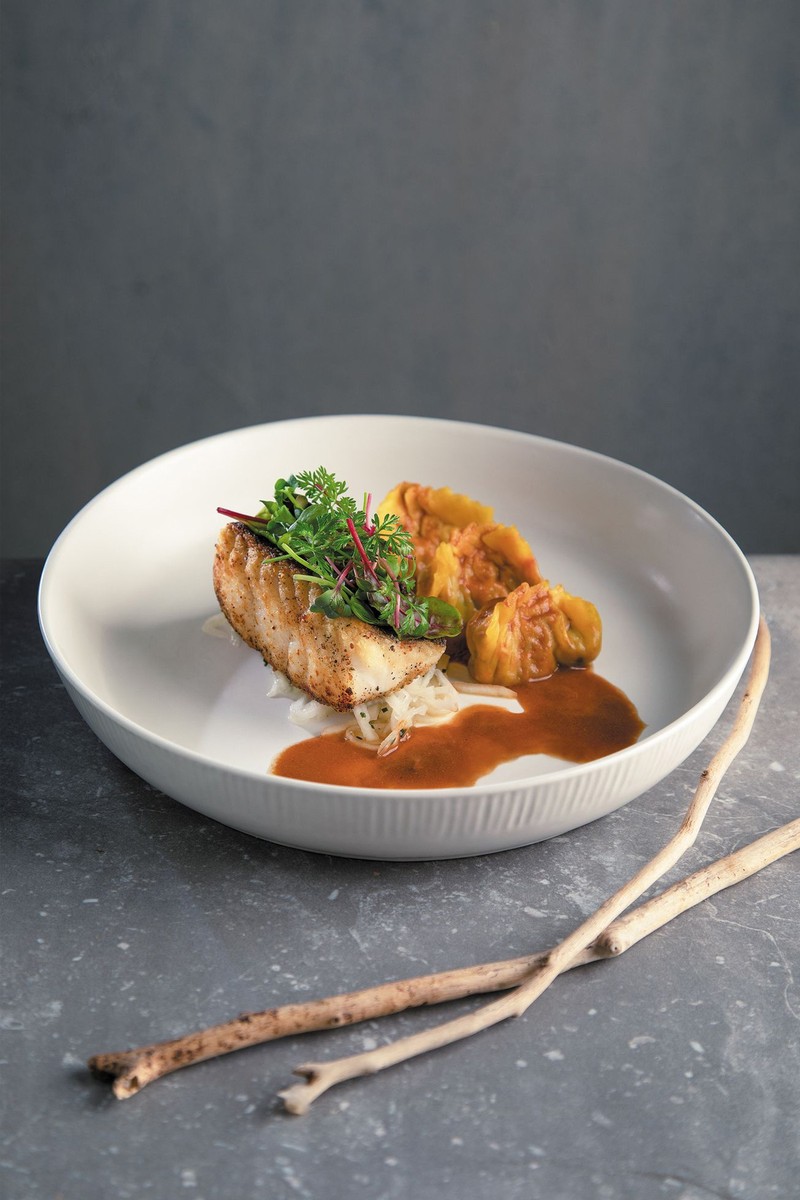
Hake, Lobster Dumplings, Pickled Kohlrabi, Lobster Broth
This dish uses one of my favourite Asian flavours, miso, to bring Eastern flair to great Scottish seafood. This will make a lot of dumplings. They can be made in advance and stored and any extras will freeze well and make a lovely snack or canapé. I use our pasta dough for the wrapper and the filling can also be made using prawn or crab meat as a substitute for lobster.
To make the lobster dumplings, finely dice the lobster meat to almost a rough purée. The meat can be pulsed in a food processor gently to achieve this. Heat the oil in a small saucepan on a medium heat and fry the shallot, ginger and garlic until nice and soft, approx. 3-4 minutes. Drop the heat to the lowest setting and add the miso paste. Stir the paste squashing it out a bit, add the shellfish stock to the pan and stir in until a thick sauce is formed. Take the pan off the heat and allow the liquid to cool. When cold add the soy sauce, sherry, spring onions, coriander and pink ginger and then stir in the lobster meat to form the dumpling filling.
For the dumpling wrappers, roll the pasta dough out to the thinnest setting on a pasta machine. Use a circle cutter to cut discs of pasta (choose the size depending on how hungry you are). The dough tends to dry out, so cover the wrappers with a damp cloth as you go to prevent this.
When ready to make the dumplings, place a spoonful of filling in the centre of a dough disc, wipe the edges of the disc with water and then fold the opposite edges together to form a little taco shell. At this point it will become obvious if you have overfilled your dumpling (remove a little if you have)! Work along the edges of the semi-circle, squeezing the pasta together and gently pushing out any air from the filling, which should sit neatly in the middle of that semi-circle.
When the dumpling is sealed, the dough around the edge can be crimped by gently folding the outer edge every few millimetres and squeezing together, repeating this process all the way around the edge of the dumpling. Put the finished dumplings onto a tray and dust with coarse polenta to avoid sticking. Either cook straightaway, refrigerate or freeze.
For the pickled kohlrabi, make the pickling solution by gently heating the vinegar, water and sugar. When the sugar has dissolved take off the heat and cool, then add the ginger. Peel the kohlrabi and then spiralise to form vegetable spaghetti (save the trimmings for the lobster broth). Rinse the spiralised kohlrabi in cold water and then soak in the cool pickling liquor for 1 hour before serving. If you want to prepare the spiralised kohlrabi in advance you can put in the fridge in a tub of water, then drain before adding to the pickling liquor. For the lobster broth: Heat the oil in a heavy-based pan on a medium heat. Fry the onion, celery, fennel and leeks, just to soften the vegetables and not to get too much colour. Add the garlic and ginger and continue to fry for 3-4 minutes. Add the tomato purée and fry for a further 2 minutes. Add the remaining ingredients and simmer on a low heat for 15-20 minutes. Purée using a hand blender until completely smooth. This can be kept hot or cooled and refrigerated for later.
Preheat the oven to 180°C (Fan 160°C/Gas Mark 4). Season the hake fillets with salt and pepper and allow to come to room temperature for 15 minutes. Heat the oil in a frying pan on a medium heat. Place the hake skin-side down into the pan and fry until you start to notice caramelisation on the edges of the skin. Lift the hake out of the pan and into a roasting tin and place in the oven for approx. 8 minutes (if you have a digital thermometer the core temperature should read 54°C).
While you’re cooking the fish, bring a large pan of salted water to the simmer. Simmer the dumplings for 4-5 minutes, then drain and keep warm.
Reheat the lobster broth. Drain the kohlrabi and add to the broth. Heat until the kohlrabi has softened, approx. 2 minutes. Place a pile of the kohlrabi in the centre of a bowl and sit the hake on top. Pour the broth over and around and dot the dumplings (3 per portion) on top of the fish. Sprinkle with some chopped spring onions.
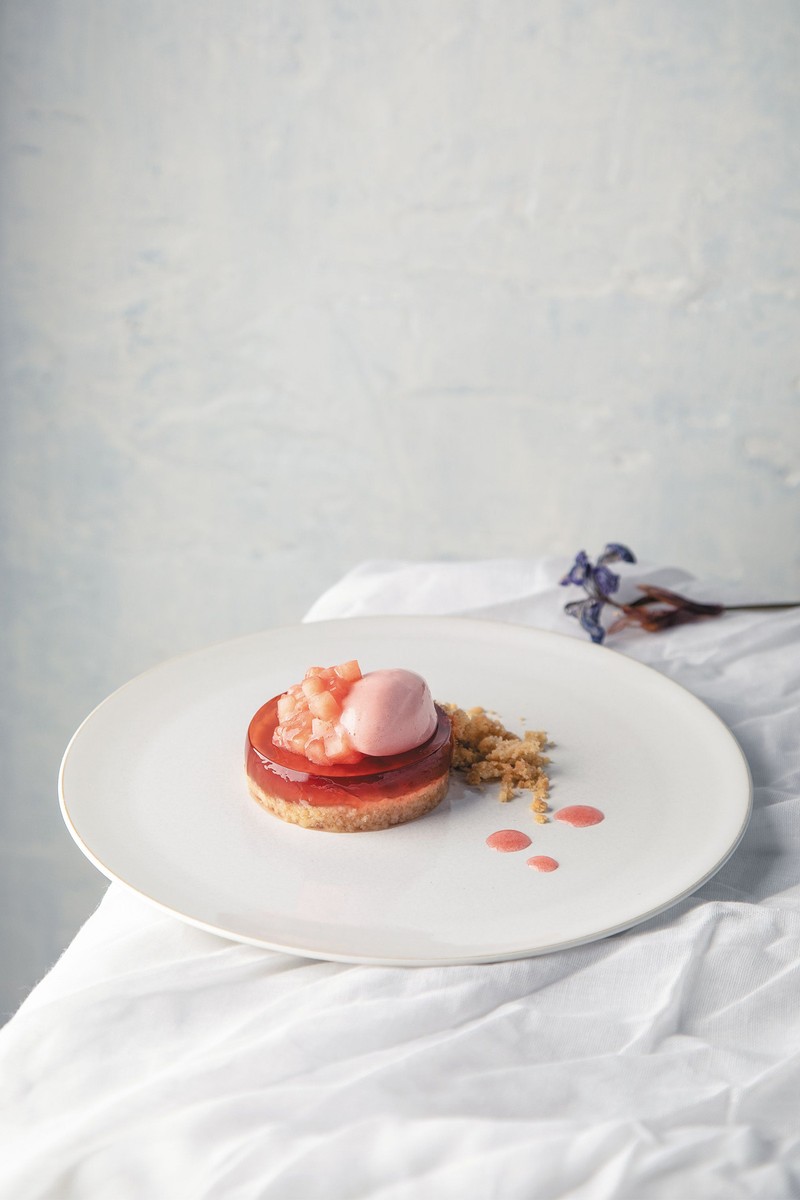
Strawberries, Amaretto, Cookie Dough Crumb
From late July running into early September our polytunnel produces beautiful strawberries and also wild strawberries that I took from Kinloch hill and replanted in our tunnel. This is simply a celebration of their flavour. These desserts are set into mousse rings or a glass to give a lovely, layered look to the dessert.
Preheat the oven to 160°C (Fan 140°C/Gas Mark 3). For the base of this dish, I use a simple frangipane sponge. Firstly, cream together the butter and sugar in a mixer or by whisking, then slowly add one egg at a time, making sure they are fully incorporated and have not split from the creamed butter and sugar. Next, fold in the ground almonds and plain flour. When this is incorporated pour the mix into a 20cm /8inch square baking tin or cake mould, lined with baking parchment. Place in the oven for 20 minutes. When cooked the sponge will spring back gently if pressed and a skewer inserted into the centre will come out clean. Allow to stand for 10 minutes, then turn out of the tin onto a cooling rack.
While cooling, clingfilm the bases of mousse rings if you are using them to prevent any leakages. Once the sponge is cool, remove the crusts and simply cut ½cm deep discs to fit inside the mousse rings or break into small pieces and layer at the bottom of a glass. Line the rings with acetate so the jelly doesn’t stick. If you don’t have acetate, you could lightly blowtorch the rings later to release the jelly.
To make the strawberry jelly, take the strawberries and place in a vacuum bag, or into a metal bowl with 200ml water, the Amaretto and sugar, then either vacuum seal or clingfilm the bowl. Place the vacuum bag in a water bath at 60°C for 1 hour or place the bowl over a pan of very gently simmering water (on the lowest heat) for 1 hour. Drain this through a cheesecloth or muslin to create a lovely clear strawberry juice. Set the pulp aside to make a purée for the salsa and the sorbet.
Measure the strawberry juice. You want 500ml in total so add a splash more Amaretto and water if needed. Soak the sheets of gelatine in cold water for 2-3 minutes until soft. Meanwhile, gently warm the strawberry juice. Squeeze the excess water from the gelatine, then stir into the warm strawberry juice until completely dissolved. Cool over an ice water bath and stir occasionally until it is starting to set and gel together.
When the jelly is starting to gel but is still liquid, pour into the moulds or glasses on top of the frangipane sponge. I like to fill them almost to the top, leaving a ½cm gap at the top to allow for a topping of the strawberry salsa. Chill in the fridge until set, approx. 2 hours.
For the strawberry salsa, take the pulp reserved from making the juice, purée in a blender and pass through a fine sieve to remove any pips. Dice the whole strawberries into little cubes and then mix with 2 tablespoons of the purée to bind together. Set aside.
To pre-order a copy of 50 Years, Kinloch Lodge click here.
DISCLAIMER: We endeavour to always credit the correct original source of every image we use. If you think a credit may be incorrect, please contact us at info@sheerluxe.com.

